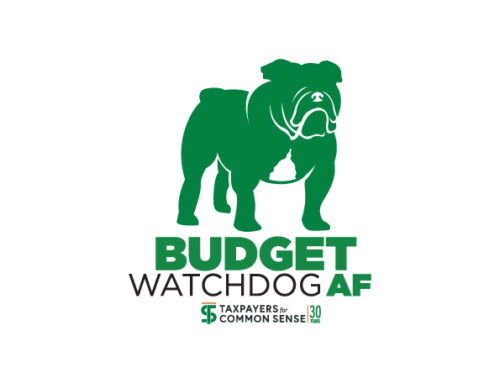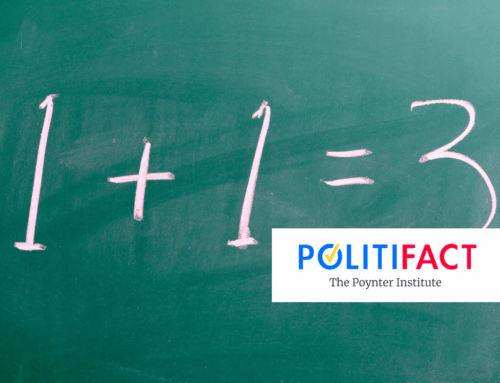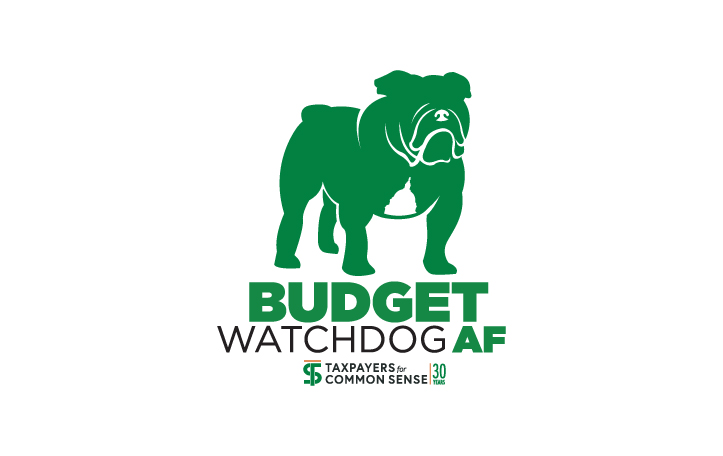All 11 House Committees given budget reconciliation instructions have now completed their packages, but the work is far from over. These individual bills have been sent to the Budget Committee to be stuck together into “one big, beautiful bill” for a vote on the House floor. Back-of-the-envelope calculations—since a full score is not available—suggest the package would add roughly $3 trillion in new debt over the next decade. It’s certainly big. But the details are ugly.
The tax-writing Ways and Means Committee leads the pack. Their 389-page package passed without amendment and tipped the scales with a score of $3.8 trillion in new debt. But as breathtaking as that is, the actual cost could be far higher. That’s because the bill was written to hide some of the costs—drafted so key provisions expire early or start late.
Take the tax cuts on tips, overtime, and car loan interest—they expire after four years. Same with the higher standard deduction for senior citizens. If those are extended—as happened with the 2017 individual tax cuts that were supposed to expire at the end of 2025, now being made permanent in this bill—the cost goes up. Meanwhile, proposed “pay-fors,” such as increased work requirements to maintain eligibility for Medicaid, don’t kick in until 2030. That’s plenty of time for a future Congress and another president to reverse them. Yet the projected savings from 2030 through 2034 are still counted now to hold down the estimated cost.
On energy taxes, Ways and Means mostly took an axe to clean energy credits but cherry-picked a few costly ones to keep around. One example: the Biden-era 45Z Clean Fuel Production Credit, a per-gallon subsidy for transportation fuel, is extended and expanded at a cost to American taxpayers of $45 billion from FY2025-2034, according to the Joint Committee on Taxation. The 45Q tax credit for carbon capture and storage—which was expanded and extended in the Inflation Reduction Act and will cost taxpayers more than $30 billion over the next decade—was also spared, despite being marred in waste, fraud, and abuse.
The bait-and-switch isn’t limited to tax writers. The Agriculture Committee was directed to find $230 billion in deficit savings. They responded by proposing cuts to the Supplemental Nutrition Assistance Program (SNAP or Food Stamps) totaling a purported $300 billion—though no final cost estimate exists. At the at the same time, they planted $60 billion in new subsidies for farm businesses.
The House Natural Resources Committee’s bill puts its lack of fiscal credibility on full display, gutting oil and gas royalty reforms that generate billions in new revenue and continuing to rely on Arctic Refuge leasing as an offset—despite its past failures. It’s deja vu from 2017. This go around, the bill mandates four new lease sales in the Refuge, even though we’ve seen time and again ANWR leasing is a hollow pay-for. We recently published a report detailing just how unlikely those revenues are.
Other committees made matters worse. The Armed Services, Homeland Security, and Judiciary Committees collectively added roughly $350 billion in new spending. That may follow the letter of the budget resolution, but it flies in the face of what reconciliation is intended to do—reduce deficits.
As we said at the top, all these packages will now be cobbled together by the Budget Committee, where more tweaks could be made (and likely will be made, given the committee’s failed vote earlier today). If it clears that hurdle, it then heads to the Rules Committee, which will set the terms of floor debate. There could be more changes there too, but because this is a reconciliation bill, floor amendments cannot increase the deficit.
Next stop: the Senate. Their priorities—already evident in their version of the budget resolution—point to fewer cuts, more spending, and less revenue. Do the math: that equals even more debt.
- Photo by Chris Liverani on Unsplash









